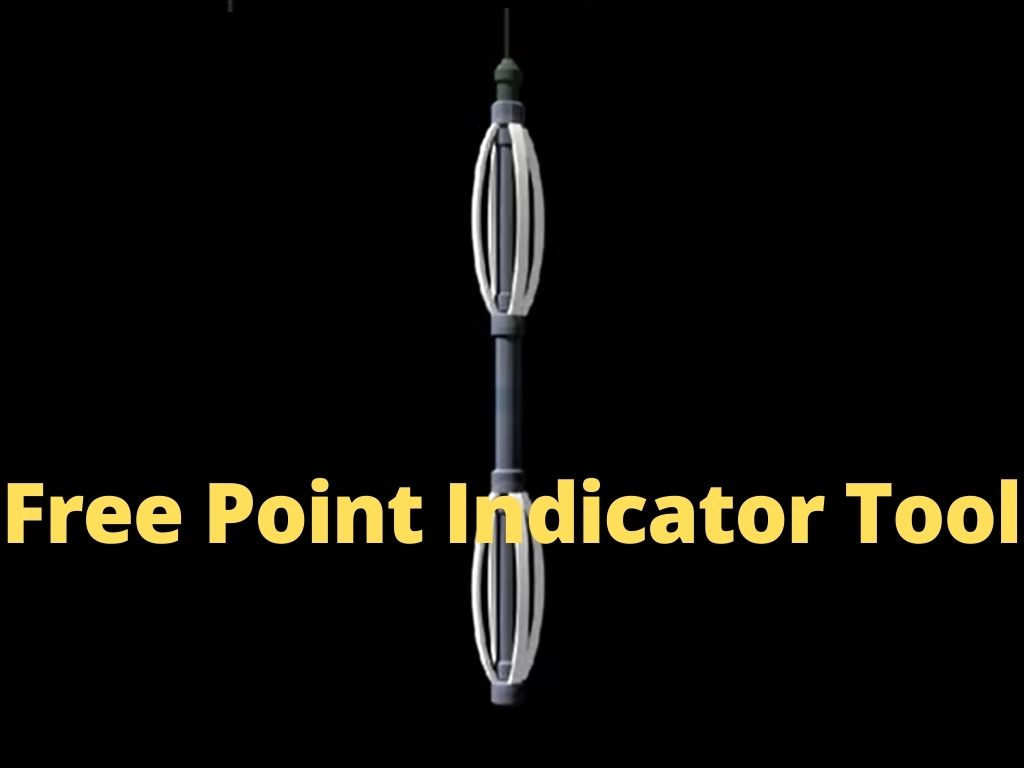
Electric wireline service companies run instruments on conductor lines inside the stuck drill pipe or tubing and are able to accurately determine the stuck point (check also stuck point calculations) of the pipe. The instruments called free point indicator tools are highly sensitive electronic devices that measure both stretch and torque movement in a drill string. This information is transmitted through the electric conductor cable to a surface panel in the control unit where the operator interprets the data.
Free Point Indicator Tool Mechanism

The basic free-point instrument consists of a mandrel which encompasses a strain gauge or microcell. At the top and bottom of the instrument are friction springs, friction blocks, or magnets, which hold the tool rigidly in the pipe.
- When an upward pull or torque is applied at the surface, the pipe above the stuck point stretches or twists.
- The change in the current passing through the instrument is measured by the microcell and transmitted to the surface for interpretation.
- When the instrument is run in stuck pipe, there is no movement of the pipe, therefore there is no tension or torque transmitted to the instrument.
- In turn, the gauge at the surface shows no change in its reading.
Free-point indicators are frequently run with collar locators and in combination with string shots, chemical cutters, and jet cutters (check also: Mechanical Drill Pipe Cutter). This combination run saves expensive rig time, and it will also maintain a continuous sequence in measuring so that there is less chance of a misrun in cutting or backing-off operations.
Since fishing operations usually begin as soon as the pipe is parted following the free-point determination, it is a good practice to have the fishing tool supervisor in the drilling rig or operator on the location during the free-point and back-off or cutting operations. Frequently, some suggestions can be made to improve the fishing situation when the fishing operator is present to observe the free-point and parting operations.